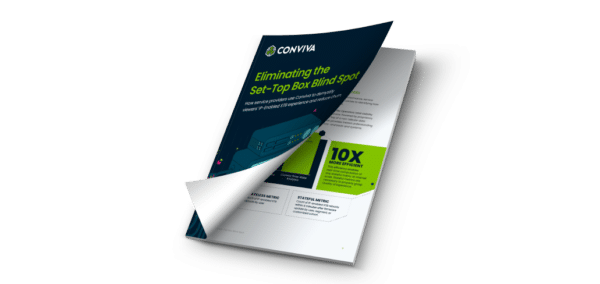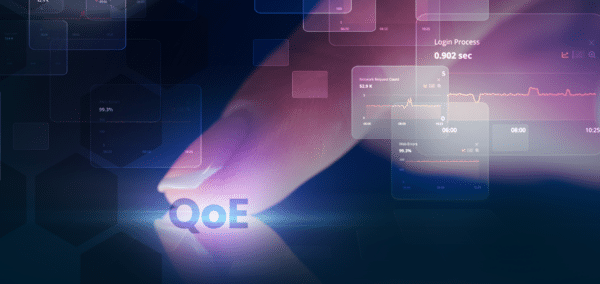
March Madness: Redefining a “Live” Event
A month-long, multi-city, 12 hour/day, multi-time zone, multi-device single live event
For years, March Madness has been an exciting event to look forward to for more than just basketball lovers. Watching live sporting events, especially the emotional impact of single elimination tournaments, continues to entice viewers from all around. The sheer scale, with 64 teams from all over the country, coupled with the multi-week format across four regions makes March Madness one of a kind! It also presents very unique quality of experience (QoE) challenges for live OTT broadcasters.
Last year, the National Championship grossed 2.5 billion minutes of consumption across television and digital platforms. NCAA March Madness Live, managed by Turner Sports, delivered 22.5 million live video streams and 4.9 million live hours of video consumption, both all-time records for the first Thursday of the NCAA Division I Men’s Basketball Championship.
Last year’s live streaming coverage of Duke vs. UNC Wilmington netted 5.5 million live video streams, an all-time record for an individual game during the NCAA Tournament. Additionally, Thursday’s NCAA Tournament coverage generated 1.6 million video views across official Facebook and Twitter social channels for March Madness, up 62% over last year.
Conviva saw a spike of almost 2x the average number of plays of content across all our publishers in the opening week of the tournament. While we regularly see single digit month-to-month growth and double digit annual growth in streaming statistics such as viewer hours, plays, and peak concurrent connections, it is very rare to see triple digit month-to-month growth. What makes this particularly interesting is that the month following March, April 2016, the number settled back to the pre-March number. This points to March Madness as being the source of the spike in OTT viewership.
Live events such March Madness present unique capacity challenges to OTT publishers and service providers to maintain great quality of experience (QoE), and doing so at a reasonable cost. It requires very careful peak capacity planning and provisioning. March Madness is particularly challenging because the long duration of the event, its distributed viewership, and unpredictable matchups that drive unusually high viewership for sometimes just a few emotional moments in any given game or city. We’ll be watching this year to both be entertained by one of sport’s greatest events and also to see what the data can tell us, and how we can take quality of experience (QoE) to the next level!







